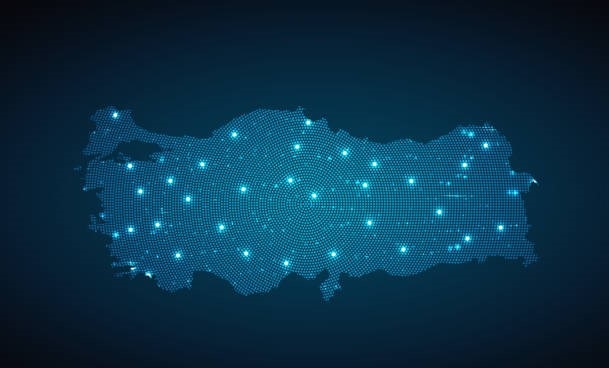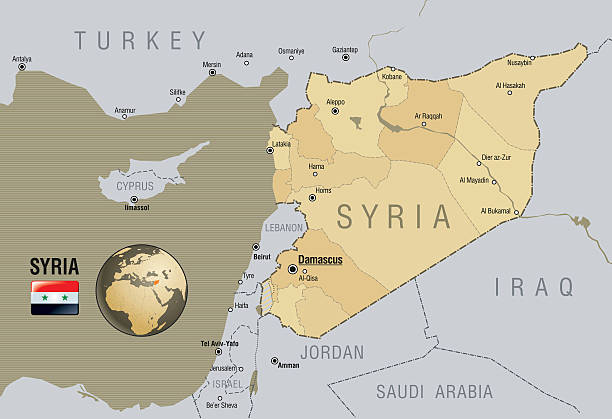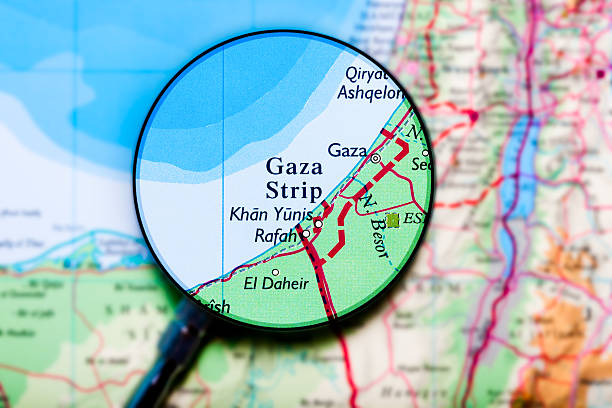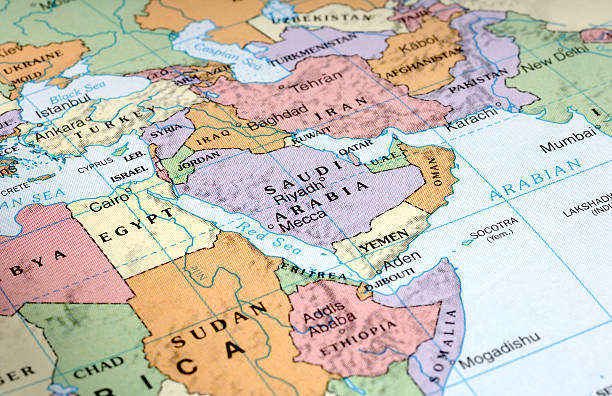That the US and the UK reacted militarily to Houthi attacks on international shipping in the Red Sea was no surprise. What is striking is how after years of war, Yemen, a country going through the world’s worst humanitarian crisis is becoming a party to another regional conflict.
Iran says it does not want to get involved in a wider conflict, but groups in the “Axis of Resistance” including the Houthis are carrying out attacks on Israel and its allies to show solidarity with the Palestinians. And, White House Coordinator for Strategic Communications John Kirby says that the US is not looking for conflict with Iran or looking to escalate. But reportedly, the US now plans to put the Houthis back on its global terrorism list.
On January 15, Iran launched ballistic missiles at “anti-Iran” groups in Iraq and Syria. The next day, Pakistan strongly protested Iranian strikes that targeted the bases linked to the militant group Jaish al-Adl in its southwestern province of Baluchistan causing the death of two children and injuring three others. In brief, Iran, in a risky show of force, has hit targets in three neighboring countries.
Thus, the “war through proxies” continues. There is no doubt that Washington is doing its level best to prevent the war in Gaza from broadening into a regional conflict. And the same goes largely for Tehran. Thus, the question becomes how much authority Iran and Israel have on their proxies. Would Tehran be able to convince the Houthis to stop their attacks on international shipping or make them less frequent to avoid a harsher response by the maritime coalition led by the US?
The killing of Wissam Hassan al-Tawil, one of Hezbollah’s commanders, in a strike in southern Lebanon, added to concerns that Israel’s fight against Hamas could erupt into a wider regional war involving Lebanon. However, this has not happened. Nonetheless, surprises cannot be discarded.
More than a week ago, Israeli spokesman, Rear Adm. Hagari, said that the Israeli campaign had already started the transition to a campaign that would involve fewer ground troops and airstrikes. However, days later, as Israel’s aerial bombardments Intensified, “There Is No Safe Place in Gaza”, the UN Under-Secretary-General for Humanitarian Affairs and Emergency Relief Coordinator Martin Griffiths told the UN Security Council.
Moreover, on January 13, only four days after Secretary Blinken’s fourth trip to Israel after the Hamas onslaught, “No one will stop us, not The Hague, not the axis of evil, and not anyone else,” Netanyahu said, referring to Iran and its allied militias. He surely had more in mind than Iran and its proxies.
The big question that will determine the course developments in the months ahead is the question of “the endgame in Gaza”. Or to put it more correctly, what is Mr. Netanyahu’s endgame in Gaza? The expulsion of the Gazans to Egypt? Their expulsion to “pro-Hamas countries”, as suggested by the Republican presidential candidate Nikki Haley, an idea that makes one wonder what countries she has in mind. Could the endgame be the return of only a limited number of Gazans to their homes? Or the return of a good number of Gazans to live under a strict Israeli military administration? Who would finance the rebuilding of the Strip? Do President Biden and his senior officials have a clue as to what Mr. Netanyahu’s vision for the future is? What about the two-state solution? Still a chimera?
Egypt and the US appear united in their opposition to a future dislocation of Gazans. However, in a New York Times guest essay, Peter Beinart argues that some members of Israel’s government reportedly believe that Egypt — which owes creditors a whopping $28 billion in debt payments next year — is vulnerable to pressure.[i]
According to an analysis by The Wall Street Journal, by mid-December, Israel had dropped 29,000 bombs, munitions, and shells on the strip. Nearly 70% of Gaza’s 439,000 homes and about half of its buildings have been damaged or destroyed. The bombing has damaged Byzantine churches and ancient mosques, factories and apartment buildings, shopping malls and luxury hotels, theaters, and schools. Much of the water, electrical, communications, and healthcare infrastructure that made Gaza function is beyond repair. And those are the findings of a month ago. Where are the Gazans supposed to return if they were allowed to do so?
The general impression Israel is trying to create is that the most ferocious phases of the war in Gaza are coming to an end. But until some clues, however vague, of the Netanyahu government’s understanding of the endgame emerge, the risks of a regional conflagration would remain.
[i] https://www.nytimes.com/2024/01/09/opinion/israel-gaza-explusion-endgame.html?smid=em-share










